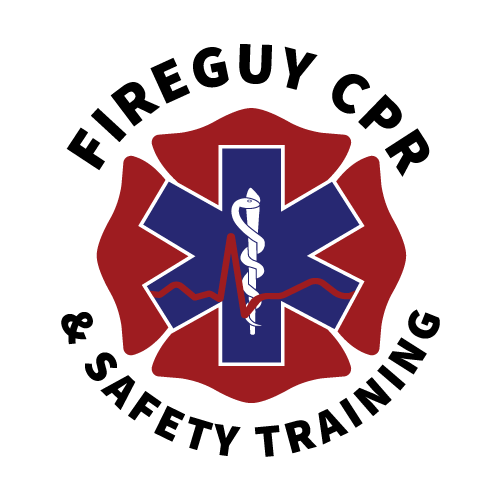When it comes to saving lives during medical emergencies, the United States stands out as a shining example of excellence in First Aid training, thanks in large part to organizations like the American Heart Association (AHA). With a mission to build healthier lives free of cardiovascular diseases and stroke, the AHA has played a pivotal role in ensuring that Americans are well-prepared to respond to emergencies, making our communities safer places.
One of the key ways the United States excels in First Aid training is through the widespread availability of CPR (Cardiopulmonary Resuscitation) education. The AHA has been at the forefront of CPR training for decades. They provide a range of courses, from basic CPR for the general public to advanced life support training for healthcare professionals. The ubiquity of CPR education has resulted in countless lives saved each year, as ordinary citizens are empowered with the knowledge and skills needed to intervene during cardiac emergencies.
The AHA’s commitment to continuous research and innovation has further solidified the United States’ leadership in First Aid training. They regularly update their guidelines based on the latest scientific evidence, ensuring that training materials and techniques reflect the most effective life-saving practices. As a result, American First Aid courses are always at the cutting edge of medical knowledge, helping individuals respond effectively to various emergencies, not just cardiac events.
Additionally, the AHA has embraced technology to enhance First Aid training. With the proliferation of smartphones and the internet, they have developed online courses and mobile apps that make learning and practicing life-saving skills more accessible than ever. These resources allow individuals to refresh their knowledge regularly and stay prepared to act swiftly in emergencies.
Moreover, community engagement is a cornerstone of First Aid excellence in the United States. The AHA encourages businesses, schools, and organizations to become designated “HeartSafe” places, where automated external defibrillators (AEDs) are readily available, and employees are trained in First Aid and CPR. This proactive approach ensures that help is always close at hand when seconds count.
In conclusion, the United States’ exceptional performance in First Aid training owes much to the American Heart Association’s unwavering dedication to building a nation of lifesavers. Through widespread CPR education, ongoing research and innovation, technological integration, and community involvement, the AHA and similar organizations have transformed our country into a place where individuals are not just bystanders but active participants in saving lives during medical emergencies.

Recent Comments